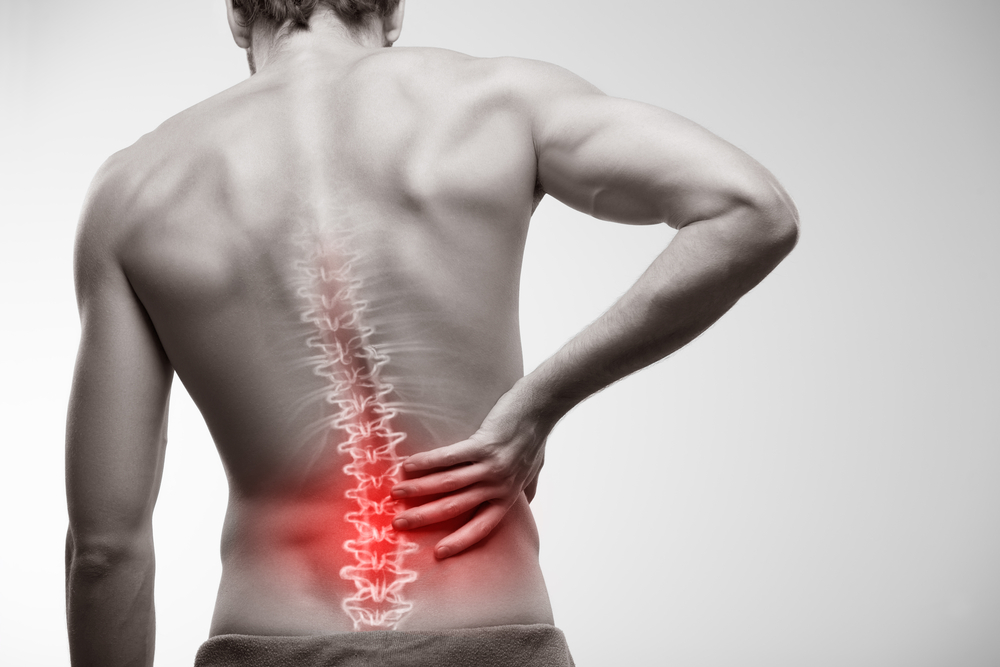You’re not alone if you’ve experienced lower back discomfort. Back pain is one of the most prevalent reasons that people visit their doctors or are unable to work. Even children can be afflicted with back pain.
Back discomfort is defined as a dull, constant pain to a sharp, sudden, or shooting type of pain. It can emerge suddenly as the consequence of an accident or accumulated tension, or it can develop gradually with age. Back pain can be created by either too little activity or a strenuous workout session.
Types of back pain
- Acute, or short-term back pain lasts a few days to a few weeks. The majority of cases heal on their own in a few days with self-care, and there is no residual loss of function.
- Chronic back pain is defined as pain that continues for 12 weeks or longer, even after an initial injury or underlying cause of acute low back pain has been treated. Treatment in some situations successfully relieves persistent low back pain, but in other situations, the pain persists despite medical and surgical intervention.
Potential causes
A mechanical problem is the most common cause of low back pain, which implies there is a break in the way the back’s components (the spine, muscle, intervertebral discs, and nerves) fit together and move.
Some examples of mechanical causes of low back pain include:
- Congenital — Skeletal irregularities, Spina bifida
- Injuries — Sprains, strains, traumatic Injury
- Degenerative problems — intervertebral disc degeneration, Spondylosis, Arthritis or other inflammatory disease
- Nerve and spinal cord problems — Spinal nerve compression, inflammation and/or injury, Sciatica, Spinal stenosis, Spondylolisthesis
- Non-spine sources — Kidney stones, Endometriosis, Fibromyalgia
How is lower back pain diagnosed?
In order to properly address your pain, it is critical to first identify the source. A thorough medical history and physical examination should be completed in order to discover any serious health issues that might be causing the discomfort. Neurologic testing can help in determining the source of pain as well as appropriate treatment.
Imaging tests are rarely required in most circumstances, but if they’re required to rule out certain causes of discomfort, such as tumors or spinal stenosis, they are usually done. Even after a comprehensive examination, the cause of persistent lower back pain is occasionally hard to pinpoint.
Global Medical Institute is currently seeking participants for a wide range of research studies. All study related visits, lab work, medications, and procedures are provided at no cost to those who qualify for the study. Qualified participants will receive compensation for time and travel. Contact our staff today and see if you’re eligible to join a research study.


